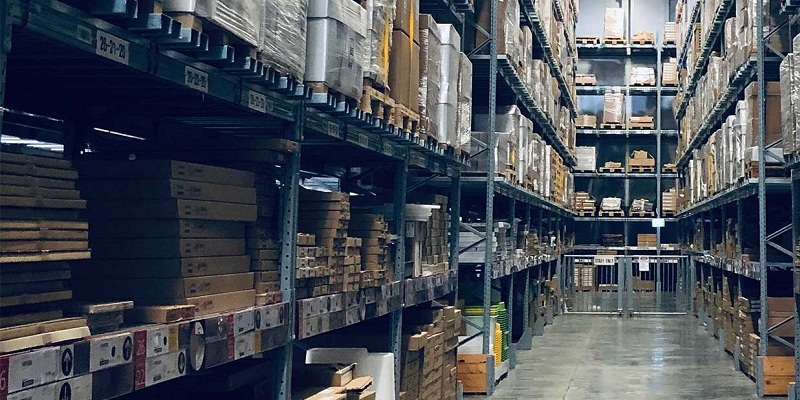Schedule a Call Back
Why do warehouses hurt air quality and neighborhood noise levels?
 Articles
Articles- May 11,23

Related Stories

Renewable energy sector to generate 43 mn jobs in India by 2050: CMD, IREDA
While delivering the Visionary Talk hosted by the 39th Indian Engineering Congress at Kolkata on December 20, 2024, Pradip Kumar Das spoke about the critical need for talent to drive the renewable e..
Read more
Role of EV charging guns in accelerating electric mobility: Ishaan Parwanda
India's EV market has witnessed exponential growth, with EV sales surging from 160,000 in 2019 to 1.5 million in 2023.
Read more
India's solar equipment sector set for Rs 1 trillion investment: CareEdge
To protect and empower domestic manufacturers, the Indian government has implemented a Basic Customs Duty of 25% on solar cells and 40% on modules imported from China since April 2022.
Read moreRelated Products

Dock Leveller
Besto Material Handling Equipments offers a wide range of dock leveller.

Multi Tire
SCI Storage Solution offers a wide range of multi tire.

Industrial Lifting Equipment
Rana Material Handling Equipments Pvt Ltd offers a wide
range of industrial lifting equipment.











